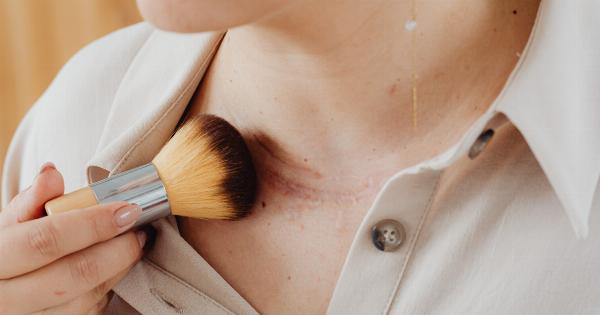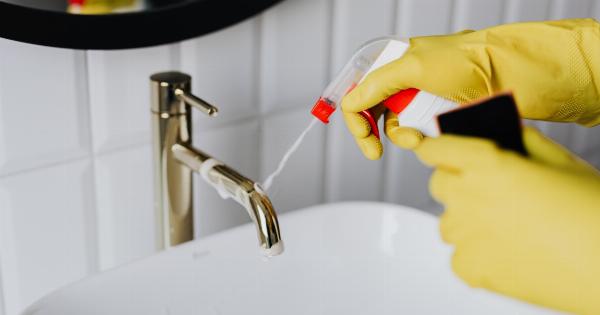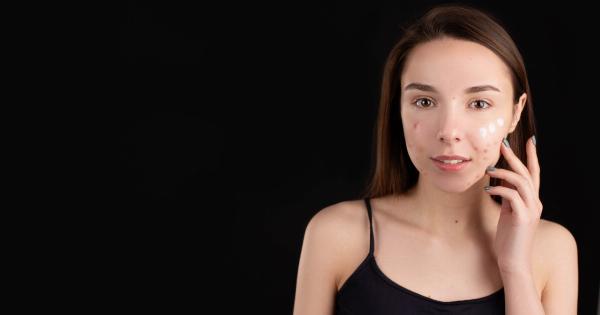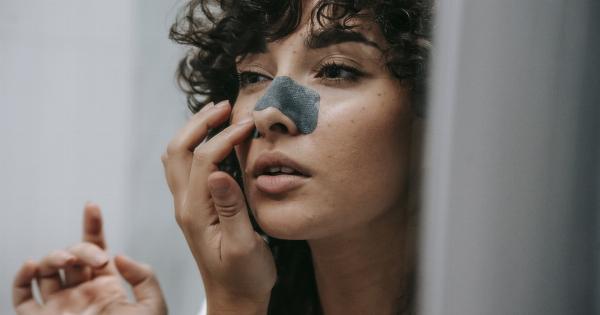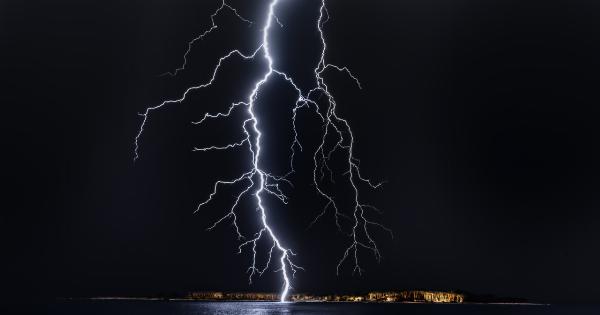Pimples. We’ve all had them, and we all hate them. They seem to pop up out of nowhere and never seem to go away fast enough.
In order to understand how to deal with pimples, it’s important to understand the pimple lifecycle: How they form, how they progress, and how they disappear.
Part 1: The Formation of Pimples
Pimples are caused by an excess of oil and dead skin cells that clog pores and create a breeding ground for bacteria. The formation of a pimple starts deep within the skin, in the hair follicle.
The hair follicle is lined with sebaceous glands that produce oil, or sebum, to help keep hair and skin moisturized.
When too much sebum is produced, it mixes with dead skin cells and becomes trapped within the hair follicle. As the trapped sebum and skin cells accumulate, they can form a small, hard plug known as a comedone.
These comedones can be open or closed, and are often referred to as blackheads or whiteheads, respectively.
If a comedone becomes infected with bacteria, it can become inflamed and swollen, leading to the formation of a pimple. This inflammation is the result of the body’s immune response to the bacteria, which leads to redness, warmth, and swelling.
Part 2: The Progression of Pimples
Once a pimple has formed, it can progress through several different stages. These stages are:.
Stage 1: The Early Pimple
The early pimple is characterized by a small, red bump on the skin. At this stage, the pimple is still fairly small and hasn’t yet developed a visible white or yellow head. However, it may be tender to the touch and slightly painful.
Stage 2: The Whitehead
As a pimple progresses, it may develop a visible white or yellow head. This head is the result of pus that has accumulated within the pimple.
At this stage, the pimple may still be tend to the touch and painful, but it is also more noticeable and can be difficult to cover up with makeup.
Stage 3: The Pimple Burst
If left untreated, a pimple may burst on its own. This can be painful and messy, as the pus and bacteria within the pimple are released onto the skin’s surface. Burst pimples can also lead to scarring if they are not properly cleaned and treated.
Stage 4: The Scab
After a pimple bursts, it may begin to scab over as the skin begins to heal. The scab is the body’s way of protecting the opening in the skin from further infection.
While the scab may be unsightly, it is an important part of the healing process and should not be picked at or pulled off.
Stage 5: The Healing Pimple
As the scab falls away, the skin underneath may still be red or discolored. However, the pimple is no longer active and is in the process of healing.
It’s important to continue to care for the area during this time to prevent infection and scarring.
Part 3: The Disappearance of Pimples
So how do you get rid of pimples? While there is no one-size-fits-all solution, there are several things you can do to help speed up the pimple’s disappearance.
Cleanse the Skin
Keeping the skin clean is key in preventing and treating pimples. Use a gentle cleanser that won’t irritate the skin, and avoid scrubbing too hard or using hot water, as this can further inflame the pimple.
Treat with Topical Products
There are a variety of topical products available that can help treat pimples. Look for products that contain benzoyl peroxide, salicylic acid, or alpha hydroxy acids, as these can help unclog pores and kill bacteria.
Don’t Pick at the Pimple
As tempting as it may be, picking at a pimple can actually make things worse. Picking at a pimple can introduce more bacteria into the area, leading to further inflammation and a longer healing time. It can also lead to scarring.
Get Professional Treatment
If home remedies and over-the-counter treatments aren’t working, it may be time to seek professional help. A dermatologist can prescribe topical or oral medications that can help speed up the healing process and prevent scarring.
Conclusion
Pimples may be a nuisance, but they don’t have to ruin your day. By understanding the pimple lifecycle and taking steps to prevent and treat them, you can help speed up the healing process and prevent scarring.
Remember to keep the skin clean, treat with topical products, and avoid picking at the pimple.









